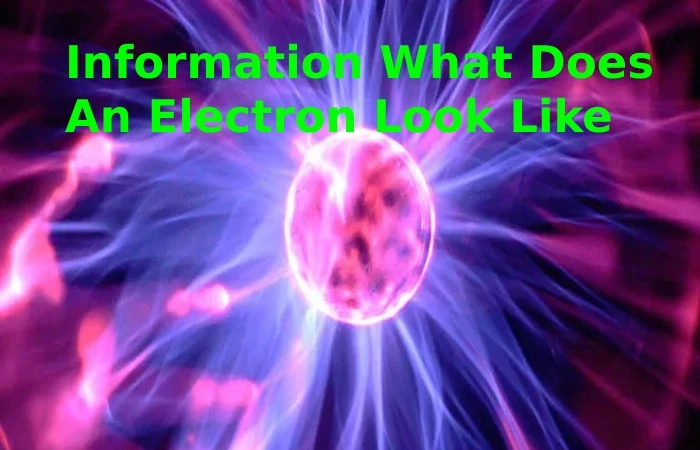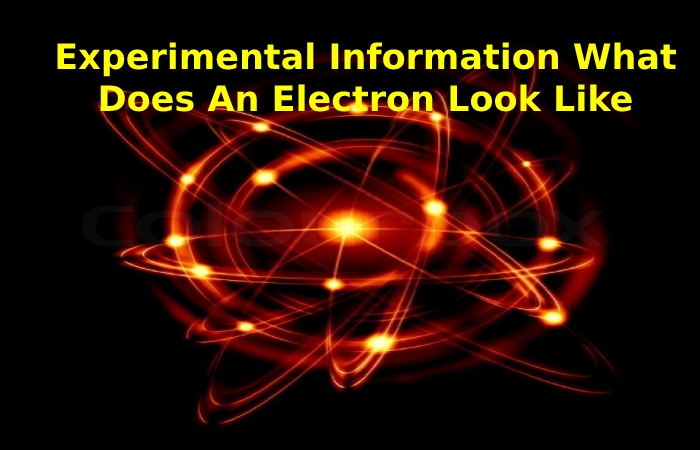What Does An Electron Look Like – If you’ve ever observed a model of the atom, you’d perhaps guess that electrons are sphere-shaped. But these elementary particles are slightly egg-shaped. And it shows that that could cause trouble for a particular model of subatomic physics.
Now make no mistake; even if you created an electron large enough to be seen with the naked eye, it would still look almost perfectly spherical. These are minimal distortions that we’re talking about. Because the electrons themselves are very, very small, it’s an open question whether we have the technology to detect these alterations. According to the Standard Model, the egg-shaped spin is so tiny that it is only noticeable in each part.
There is another model of subatomic physics that says the distortion should be much more noticeable anywhere between a part of 10 ^ 14 and 10 ^ 19. The model incorporates supersymmetry, which postulates that all elementary particles, and we know have a considerably more massive superpartner, which differs by half a turn. For more information on these particles, you can refer to our guide to undiscovered particles here.
Table of Contents
Information What Does An Electron Look Like

But it seems that these particles will remain unknown forever. The earlier experiment offered evidence against supersymmetry, and now the research of Jony Hudson and his colleagues at Imperial College London has made things even more difficult for this model.
To detect distortions of the egg-shaped electron, the researchers designed an experiment that could see any distortion up to one part in 10 ^ 18, as New Scientist explains:
They used ultra-cold ytterbium fluoride molecules in which the positive and negative charge centers differ, creating a dipole. The shape of this dipole reflects the asymmetry in the form of electrons, and the team measured it by placing the molecules in an electric and magnetic field and observing how they spin as fields change. Variations in rotational speed reveal any asymmetry.
Experimental Information What Does An Electron Look Like

The experiment found no evidence that the electrons egg-shaped, which means that the distortion only kicks in beyond one part in 10 ^ 18. It eliminates most of the range. Possible distortion based on supersymmetry. Improving the experience by just an order of magnitude might be enough. To rule out supersymmetry altogether, meaning the whole model would crumble like wait. It had something for it.
An electron in itself “looks” like almost nothing, an infinitely small point charge in space. It has no internal structure or volume from what we can measure, and we don’t think it has any. The current experimental upper limit is 10-22 meters (compare the 10-10 diameter of an atom or the 10-15 diameter of the nucleus).
Description – What Does An Electron Look Like
But electrons behave quantum. As you seem to know, the whole problem with the behavior of electrons in an atom. It triggered the development of quantum mechanics. But to address the “traditional” image you first linked to, it’s the “planetary” (or perhaps Bohr’s) model of the atom. Which emerged around 1910, following ideas earlier like the plum pudding model, were negative and positive charges mixed in a bit. (they found some excellent math to back it up)
The interest of the planetary model is that it illustrates the discovery of the time, Rutherford’s finding. The positively charged part of an atom (the nucleus) concentrated in a tiny space and did not spread out. Not at all. Therefore, the idea was that negatively charged electrons would “orbit” around the nucleus. (based on the numbers quoted above, you can also tell that this image is not to scale – the middle is actually on the order of 1 / 10,000 of the size of the atom)
